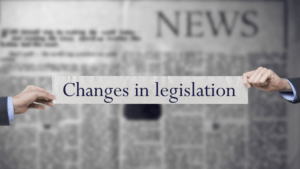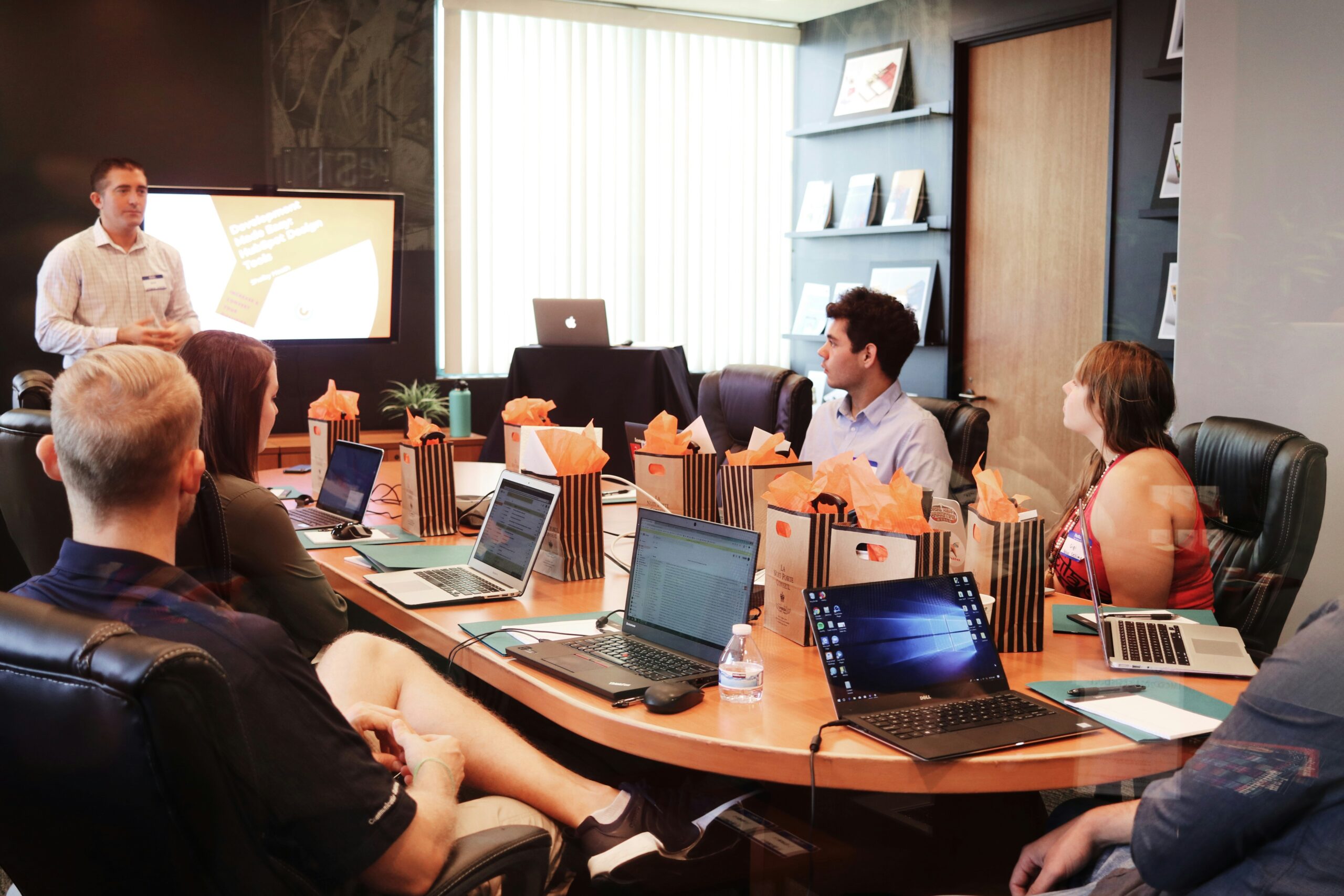A remarkable 67% of talent acquisition professionals believe AI will transform hiring strategies by 2025. The challenge? About 40% are concerned that AI dependence might strip the human element from recruitment, leading to missed opportunities with exceptional candidates.
The tech revolution hasn’t changed one fundamental truth. Strong employer branding still cuts hiring costs by 43%. Meanwhile, 82% of employers continue to find their best returns through employee referrals.
Success in recruitment for 2025 demands a balanced strategy that blends advanced technology with people-focused approaches. Your recruitment playbook must embrace innovation and practicality, especially when you scale teams or rebuild talent acquisition processes.
Want to create a recruitment strategy that delivers results? Let’s dive into proven hiring methods that will help you attract, assess, and land top talent in 2025 and beyond.
Building an Agile Recruitment Framework for 2025
Building a winning recruitment framework starts when you understand that 67% of surveyed companies are increasing their AI usage in talent acquisition. The path to success lies in creating a balanced approach that combines technology with human insight.
Key Components of Modern Talent Acquisition Strategies
Your modern talent acquisition strategy needs everything in these components:
- Making use of information through predictive analytics
- Skills-based hiring focus (24% identify this as a top challenge)
- AI-powered screening tools with human oversight
- Complete learning and development programs
- Strong employer value proposition (EVP)
Designing Flexible Recruitment Workflows
Your recruitment workflow must welcome agile methodologies. Breaking down your hiring process into manageable sprints of 1-2 weeks helps you:
- Set clear sprint goals and deliverables
- Conduct daily check-ins for progress tracking
- Use shared task boards for visibility
- Implement quick feedback loops
- Adapt strategies based on results
Adapting to Market Changes and Hiring Trends
The recruitment landscape changes dramatically. 76% of organizations have adopted hybrid work models, making flexibility the life-blood of talent acquisition. You need to adjust your hiring approach by focusing on critical skills rather than traditional qualifications.
Your recruitment framework should account for emerging workforce priorities. Research shows that 67% of employees would stay with a company offering upskilling opportunities, even if they dislike their current role. Career development integration in your recruitment messaging is vital.
The quickest way to stay competitive is implementing virtual assessment tools and remote interviewing capabilities. Organizations now prioritize upskilling to address skills gaps at 32%. This makes it significant to assess candidates’ learning potential alongside their current capabilities.
Optimizing Your Recruitment Tech Stack
Modern recruitment depends on your tech stack. Companies that use AI-powered recruitment tools have reduced their time-to-hire by 7-15%. Your hiring success in 2025 relies on optimizing this technology.
Essential Recruitment Tools and Platforms
The right foundational tools create an effective recruitment tech stack. Your essential toolkit should include:
- An Applicant Tracking System (ATS) as your central hub
- AI-powered screening and matching platforms
- Video interviewing software
- Assessment and skills testing tools
- Candidate relationship management (CRM) systems
Integrating AI into Your Hiring Process
AI can boost recruiter productivity by 10-50% in your recruitment process. AI tools excel at pre-screening candidates, especially when you have retail and early career hiring where applications flood in and required skills are easily definable.
Your AI implementation should focus on these key areas:
- Resume screening and candidate matching
- Chatbot-driven candidate communication
- Skills assessment and evaluation
- Interview scheduling and coordination
- Predictive analytics for hiring decisions
Automation Opportunities in Recruitment
Automation streamlines your recruitment workflow while maintaining quality. Organizations using recruitment automation have seen a 200% increase in sourcing activity and boosted their candidate engagement time by 50%.
Document management, background screening, and onboarding processes respond well to automation. Your recruiters can focus on building relationships and making strategic hiring decisions once these tasks are automated.
Note that technology should improve, not replace, human interaction. Studies show that AI excels in high-volume recruitment but might not benefit smaller companies that hire irregularly. Success comes from finding the right balance between automation and personal touch based on your specific hiring needs.
Creating a Data-Driven Hiring Strategy
Modern recruitment success depends on knowing how to make data-backed decisions. The numbers speak for themselves – 82% of companies now see data as critical to their talent acquisition decisions.
Key Recruitment Metrics to Track
Your recruitment success relies on tracking these vital metrics:
- Time to fill and time to hire
- Cost per hire and source effectiveness
- Quality of hire and performance indicators
- Offer acceptance rates
- First-year retention rates
- Application completion rates
- Candidate experience scores
Using Analytics for Better Hiring Decisions
Recruitment analytics works on four progressive levels:
- Descriptive Analysis: Gives an explanation of simple metrics like requisition volume and applicant pool size
- Related Analysis: Measures performance against standards
- Analytical Analysis: Maps recruitment activities to talent outcomes
- Predictive Analysis: Identifies statistical relationships to forecast future outcomes
This data helps organizations allocate budgets wisely and increase efficiency. Companies that use analytical insights in recruitment reduce costs and improve their hiring quality.
Implementing Predictive Hiring Models
Predictive hiring uses historical data to forecast future hiring needs and success. A strong predictive model needs:
Past hiring patterns and performance data are the foundations for predictive models. These models can forecast candidate success rates and spot potential skill gaps in your workforce.
Predictive analytics helps you:
- Streamline processes and reduce costs
- Improve candidate-job matching accuracy
- Lower turnover rates through better hiring decisions
Note that you should blend different data sources into a centralized system for effective analysis. Working with data scientists or analytics experts helps develop models that predict outcomes aligned with your hiring needs.
Developing a Multi-Channel Talent Pipeline
A mix of channels and approaches helps expand your talent pipeline. Research shows that 70% of the global workforce consists of passive candidates who aren’t actively seeking new opportunities. This untapped pool creates a great chance to enhance your recruitment strategy.
Combining Active and Passive Recruitment
Your recruitment success depends on participation from both active job seekers and passive talent. Different approaches work for each group. Active candidates typically come through job postings and direct applications. Passive candidates need more nurturing and customized outreach.
These proven channels will help maximize your reach:
- Job boards and career sites
- Professional networking platforms
- Employee referral programs
- Industry-specific forums
- Alumni networks
Leveraging Social Media for Hiring
Modern recruitment cannot work without social media platforms. Your social media strategy should build a strong employer brand and deliver customized experiences to candidates.
Social media recruitment works best when you:
- Establish a strong presence across multiple platforms
- Create engaging, platform-specific content
- Use targeted advertising for specific roles
- Monitor engagement metrics and adjust strategies
- Maintain consistent communication with potential candidates
Social media interactions help develop stronger relationships with candidates. Regular engagement showcases your company’s culture and values, making your organization more attractive to potential hires.
Building Mutually Beneficial Recruitment Alliances
Mutually beneficial alliances substantially extend your recruitment capabilities. These collaborative efforts provide access to wider talent pools, specialized industry knowledge, and state-of-the-art recruitment technologies.
Effective alliances require you to:
- Arrange with organizations sharing your values
- Establish clear communication channels
- Set measurable partnership goals
- Share feedback openly
- Track partnership KPIs
Educational institutions and professional organizations that match your hiring needs make great partners. These alliances work especially well in building diverse talent pipelines by providing access to specialized candidate pools.
Your alliance’s success should be measured through specific KPIs, such as time-to-hire, quality of candidates, and long-term retention rates. Regular evaluation will give a clear picture of value delivery and contribution to overall recruitment goals.
Establishing Clear Recruitment Standards
Strong standards are the backbone of successful talent acquisition strategies. Research shows that structured interviews predict job performance twice as well as unstructured ones.
Creating Structured Interview Processes
A good structured interview process needs a standardized template that has:
- Candidate and interviewer information
- Role-specific requirements
- Pre-determined question sets
- Standardized rating scales
- Performance evaluation criteria
Structured interviews reduce bias in your hiring process and help you comply with legal regulations. This approach makes your hiring decisions more defensible and helps you select top performers.
Developing Assessment Frameworks
Your assessment framework should line up with specific job competencies and organizational goals. Companies that use resilient talent assessment frameworks make better hiring decisions and see lower turnover rates.
Here’s how to build your framework:
- Define clear objectives and success criteria
- Create skill-based job descriptions
- Implement standardized testing methods
- Develop structured interview guides
- Establish consistent scoring rubrics
Your framework should assess both technical capabilities and cultural fit. Research shows organizations with complete assessment frameworks excel at finding candidates who fit well within teams and company culture.
Setting Quality of Hire Benchmarks
Quality of hire tops the list of metrics that CEOs care about. You can measure it effectively by focusing on these key indicators:
- Performance appraisal scores
- Time to full productivity
- Employee retention rates
- Manager satisfaction ratings
- Cultural fit assessments
Successful companies track both pre-hire and post-hire metrics to gage recruitment effectiveness. Studies reveal that all but one of these organizations use performance reviews to measure quality of hire.
Clear expectations for talent assessment will give you better results. This includes identifying which skills need testing and required competency levels for each position. This approach creates consistency in evaluation and lets you compare candidates better.
Your quality of hire framework needs multiple data points. Organizations that combine various assessment methods like interviews, psychometric tests, and job simulations learn more about each candidate’s capabilities.
Review and update your assessment criteria regularly. Data shows that organizations with structured hiring processes see better employee performance across multiple dimensions. Clear standards and consistent measurement of outcomes will help you refine your recruitment strategy for 2025 and beyond.
Conclusion
A winning recruitment process for 2025 needs to balance technological advancement with human elements. Your success hinges on finding the sweet spot between AI-powered efficiency and meaningful candidate interactions.
Data remains your best ally when making recruitment decisions. Well-laid-out processes, clear standards, and detailed assessment frameworks help you make informed hiring choices that benefit your organization’s future.
The sort of thing I love about recruitment excellence is how it blends smart technology with human oversight. Organizations that become skilled at this balance see better hiring outcomes, including lower costs, higher candidate quality, and better retention rates.
These strategies need step-by-step implementation while tracking results. Target areas that will affect your organization most – whether it’s upgrading your tech stack, building your talent pipeline, or enhancing your assessment frameworks. Consistent, incremental improvements will create a recruitment process that delivers outstanding results in 2025 and beyond.










![Social Media Legal Issues: Hidden Risks That Can Destroy Your Company's Reputation [2025 Guide]](https://gamedayhr.com/wp-content/uploads/2025/02/josh-withers-P4Re6GIzp9Q-unsplash-1-scaled.jpg)
![The Ultimate Guide to Diversity and Inclusion in the Workplace [2025 Edition]](https://gamedayhr.com/wp-content/uploads/2025/02/christina-wocintechchat-com-FPQlXQtjkqU-unsplash-scaled.jpg)


